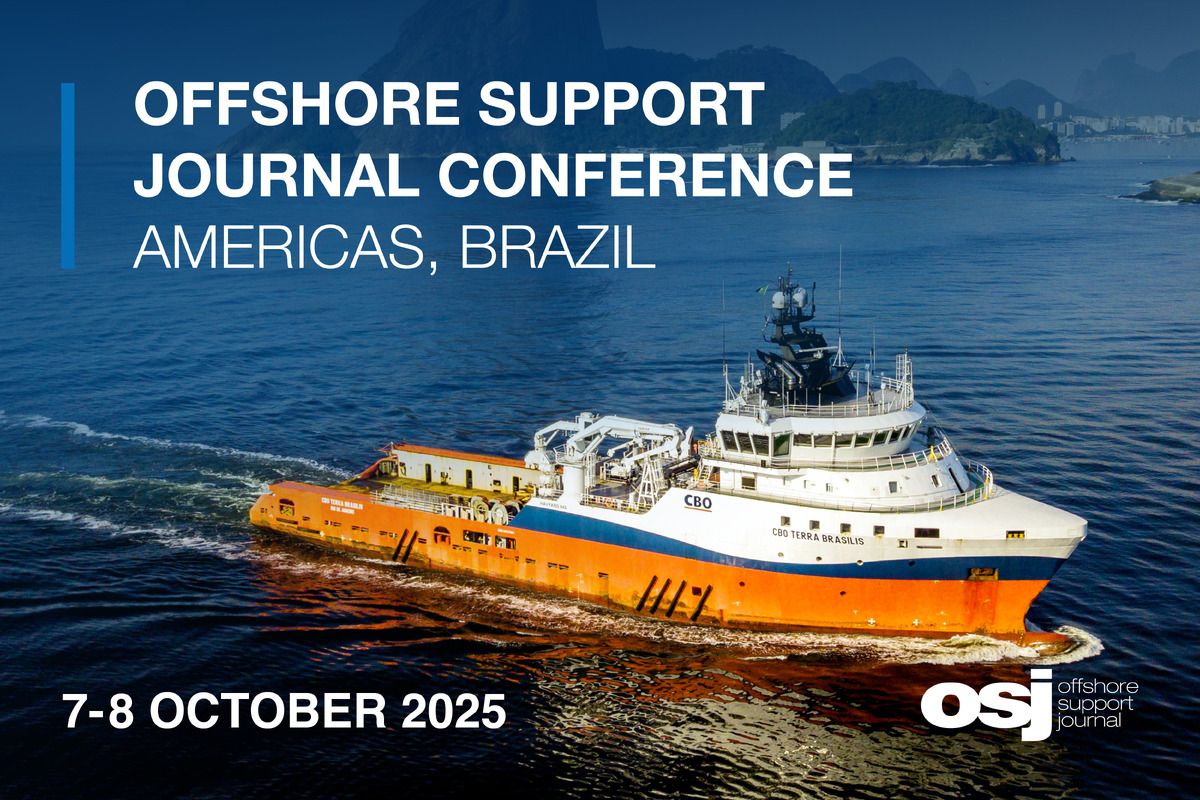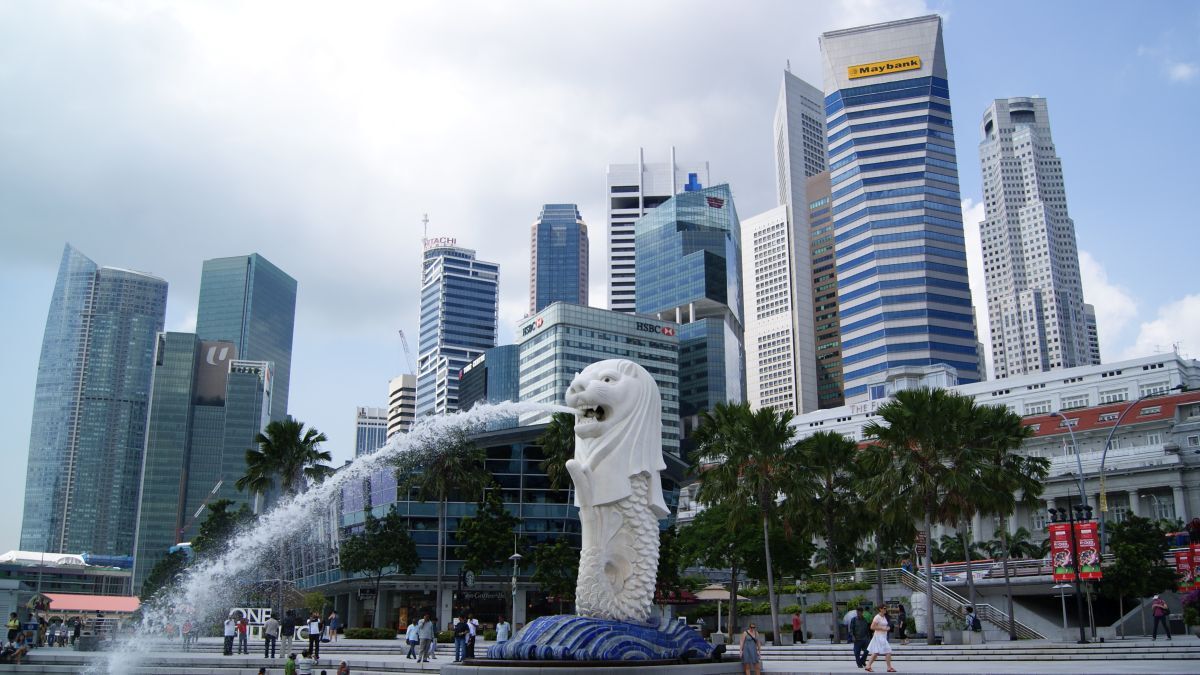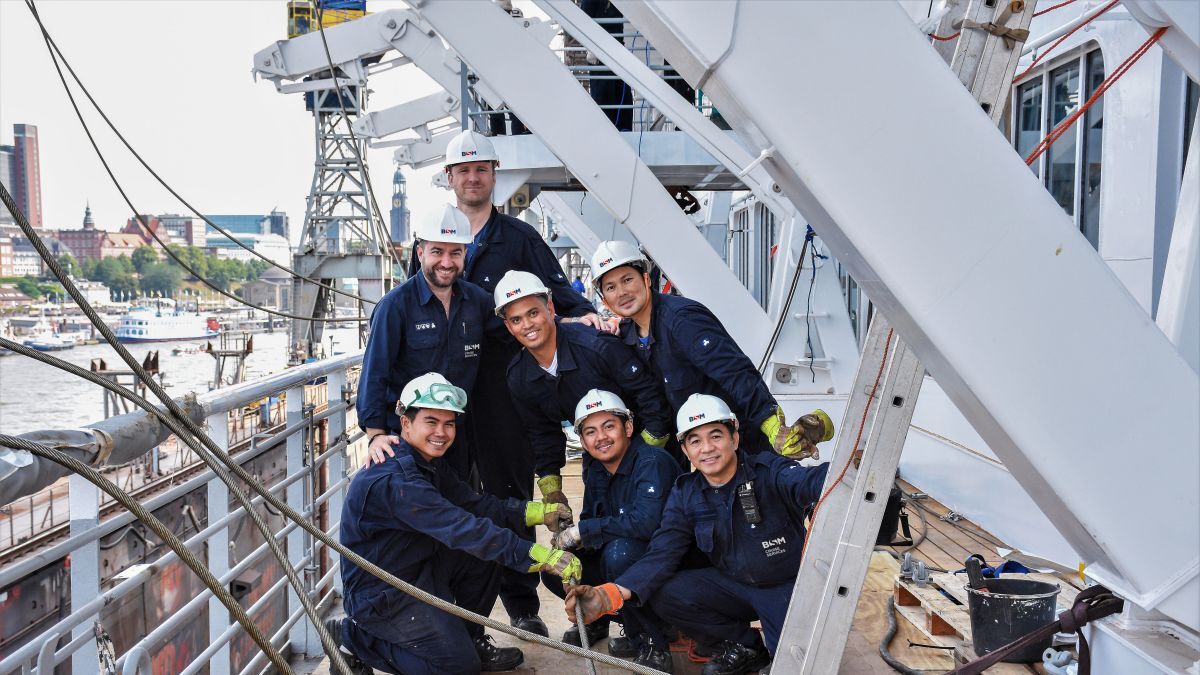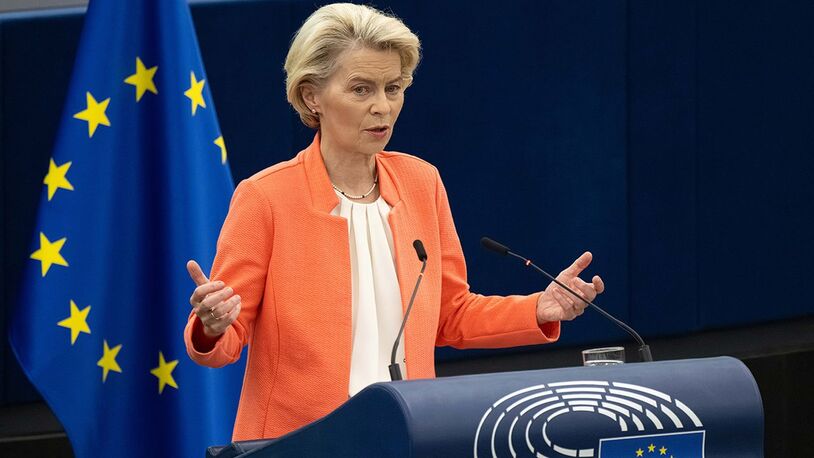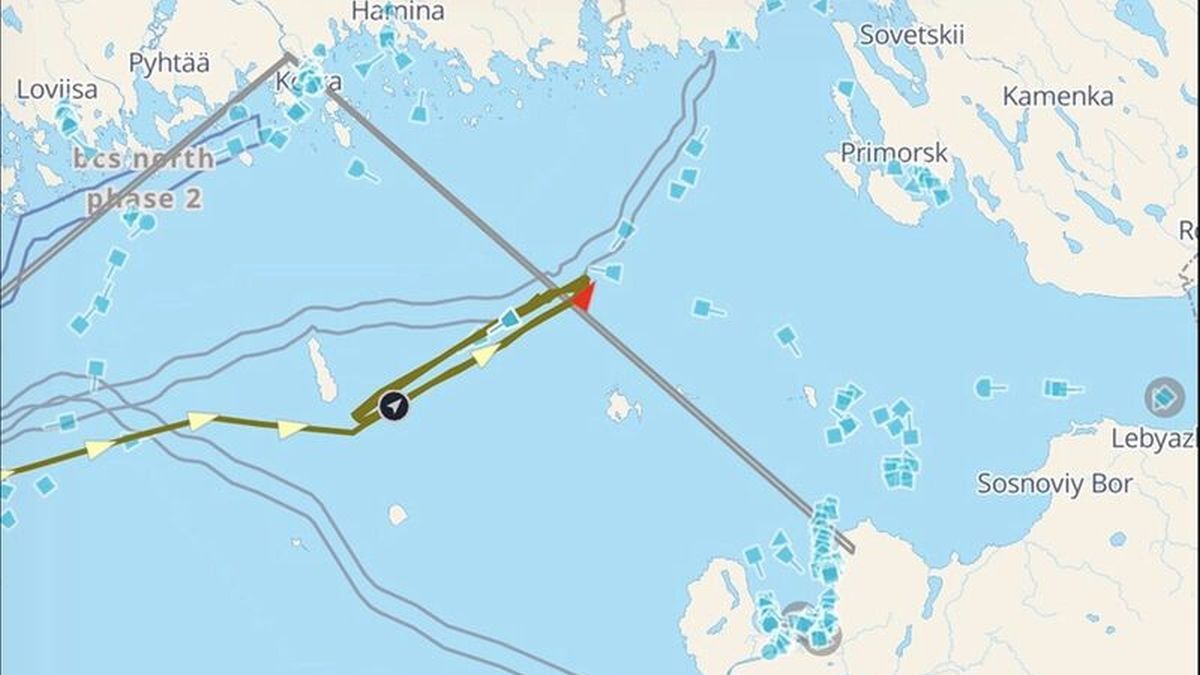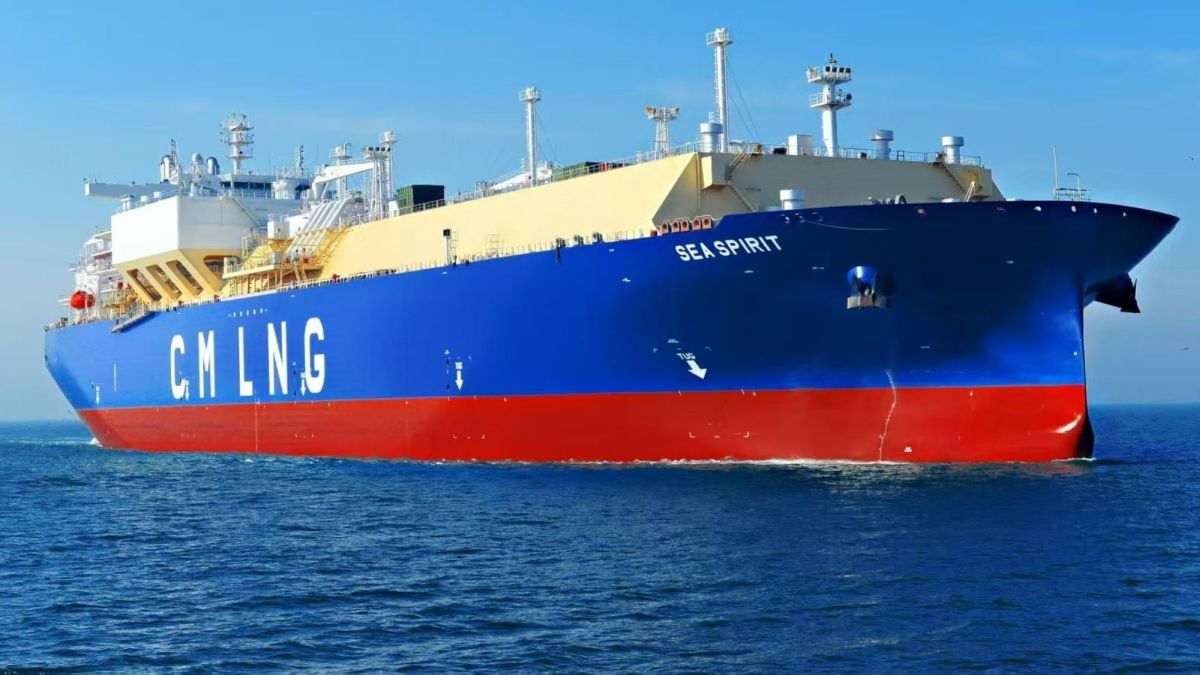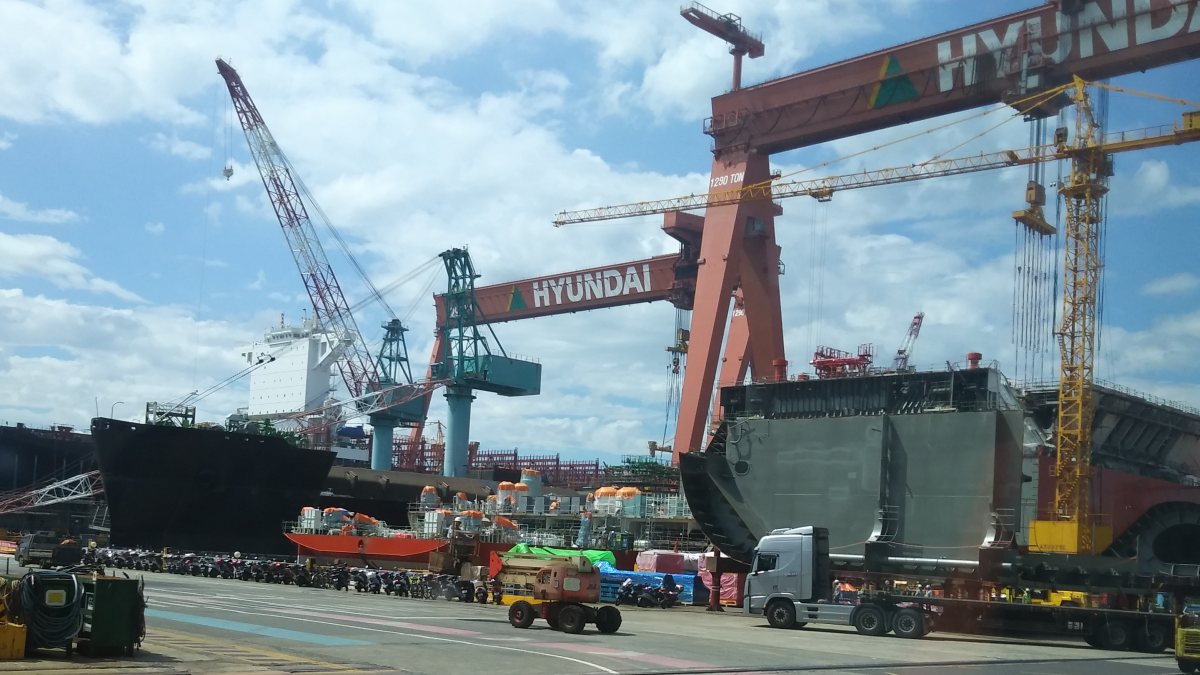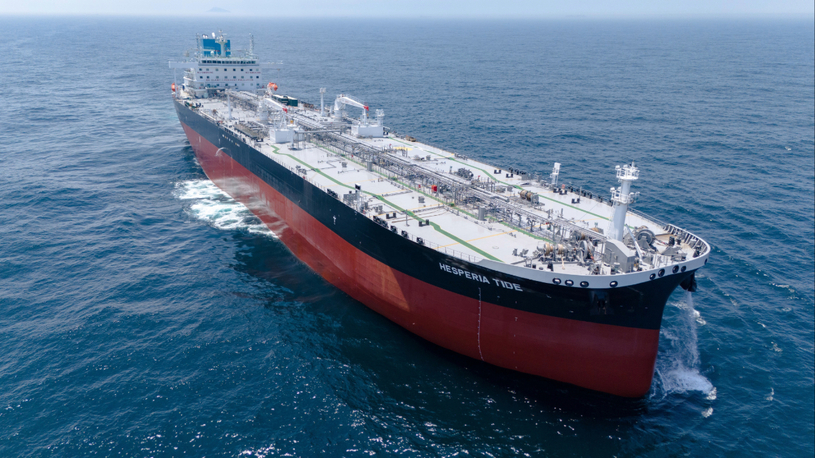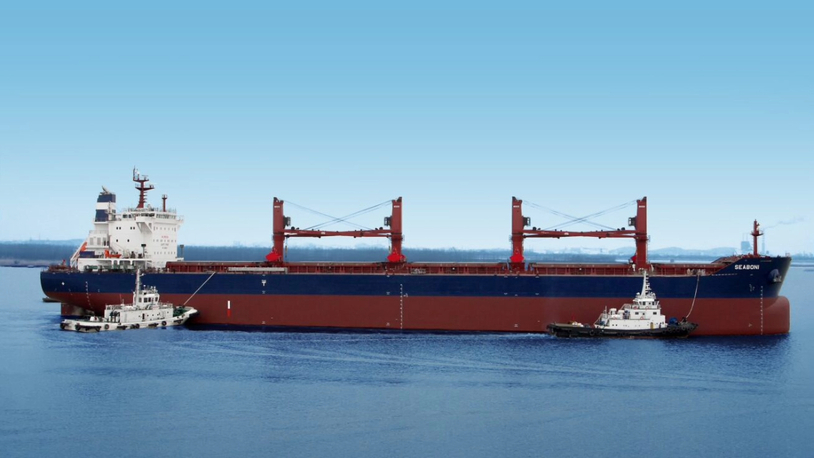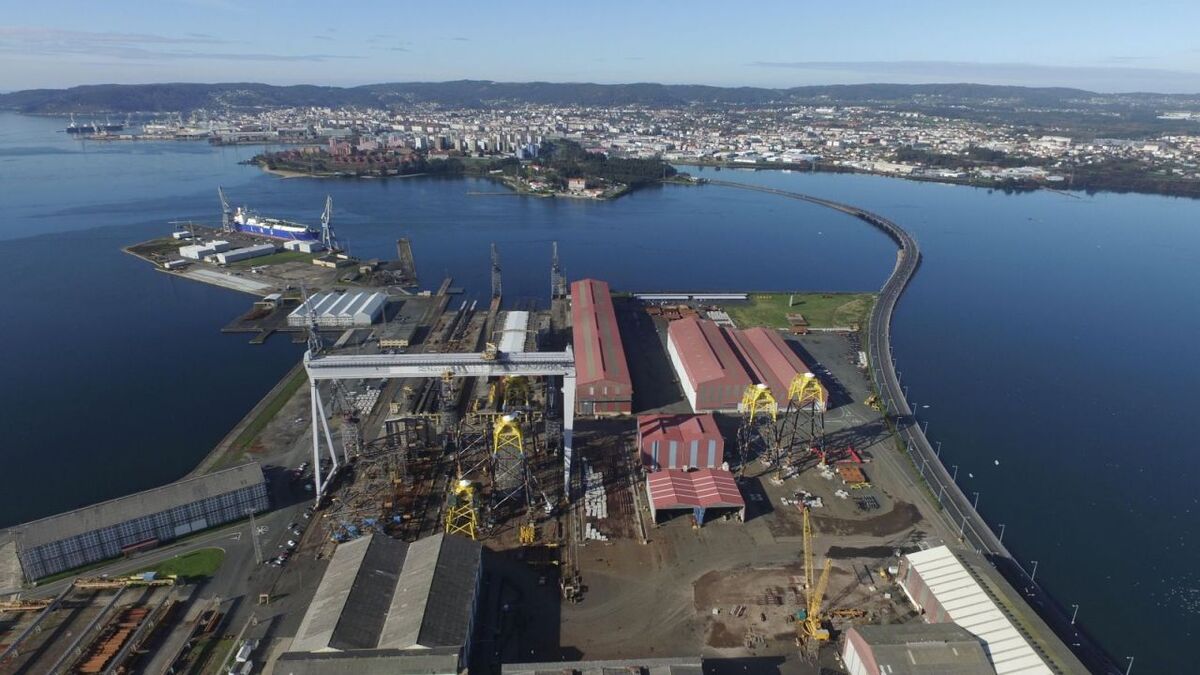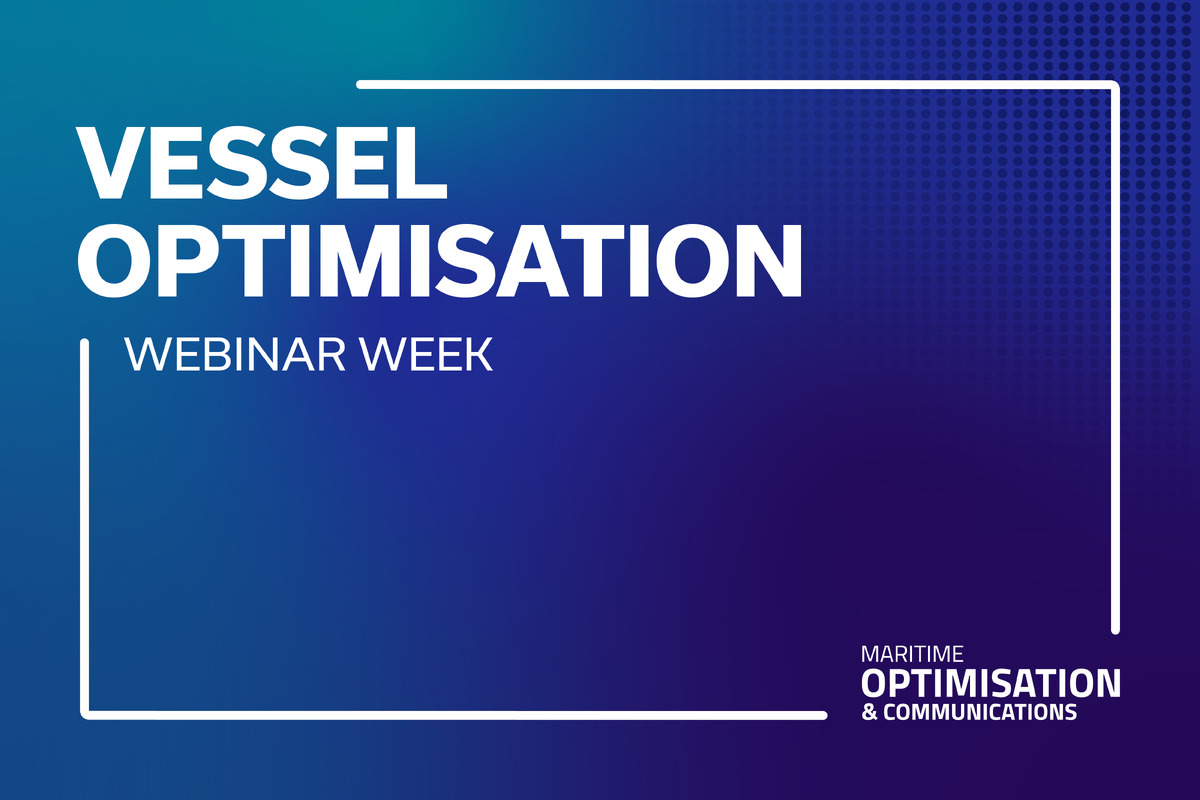Business Sectors
Events
Contents
Singapore: coping with Covid-19 while growing as a maritime centre
The island state is the de facto centre of shipping in Asia and a major crew change hub, meaning all stakeholders must be proactive in combatting the spread of the coronavirus
In early January 2021, Singapore become one of the first countries in the world to prioritise Covid-19 vaccinations for frontline maritime personnel. Under Singapore’s Sea – Air Vaccination Exercise (SAVE), over 10,000 frontline maritime personnel are expected to be vaccinated by the end of January.
These soon-to-be-vaccinated personnel include port workers, harbour pilots, cargo officers, marine surveyors and marine superintendents who are required to work onboard ships in the MPA-controlled ports. Workers include those carrying out essential activity, including navigation, refuelling, ship repair and maintenance, as well as operations to transfer cargos.
Harbour craft and ocean-going crew who are Singaporeans and long-term residents living in the community have also been prioritised for vaccination. The aim is to keep the Port of Singapore open and ensure the undisrupted flow of goods.
Due to the protection offered by vaccination, frontline maritime personnel who have completed their full course of vaccinations will be subjected to fewer testing requirements. Those who are currently on the seven-day Rostered Routine Testing (RRT) will be tested every 14 days; those who are currently on the 14-day RRT will be tested once a month.
MPA’s chief executive, Ms Quah Ley Hoon, said: “We rely on our frontline maritime personnel for the transportation of what we need every day, including food, medical supplies, and consumer goods. We hope that the vaccination can give them peace of mind when they perform their work onboard ships. This will provide an additional layer of protection and keep their family and the community safe. We strongly encourage them to come forward for early vaccination.”
The first maritime worker to be vaccinated was PSA Marine harbour pilot, Mr Loh Kah Wai (aged 55 years old). He said: “The vaccination keeps me safe and enables me to do my job with less worry. It’s one more layer of protection, not just for me but for my fellow harbour pilots and my family.”
Singapore Shipping Association’s president, Caroline Yang said: “The Singapore Shipping Association (SSA) welcomes this mass vaccination for maritime personnel who need to board vessels for their work. We urge companies to arrange and encourage staff in the identified maritime roles to be vaccinated, not only as protection for themselves but also as an assurance to their loved ones. SSA will continue to engage the authorities and maritime stakeholders for practical safe management measures so shipping operations in Singapore can continue amid new developments with the global pandemic.”

The MPA’s initiative was the latest of a series of steps taken by the maritime community in Singapore, which is learning how to deal with the Covid-19 pandemic and the formulation of best practices to deal with the crew change crisis. IMC Industrial Group senior director, shipping, Mr Frederik Guttormsen, said: “Singapore has always been a key port for crew changes because of its strategic location. Detailed procedures, electronic clearances, excellent resource management, availability of infrastructure and flight connectivity made Singapore a preferred port for carrying out crew changes in South East Asia.”
He continued: “The Covid-19 virus outbreak presents a very real threat to the society and the economy of Singapore, especially to the maritime sector – especially in ship services, supplies and repairs. Complete lockdown and suspension of activities is not the way forward. Authorities, while enforcing all precautionary measures, should also ensure that services and supplies to ships go on unhindered as shipping and seafarers play a critical role in the global seaborne trade.”
Thome’s head of marine, Rajesh Divakaran noted that Singapore opened up to crew changes when most of the Asian ports were closed for any kind of crew changes. Singapore was very careful in the beginning and introduced clear guidelines and protocols. “The Singapore MPA was very helpful and clarified our queries so Thome was able to quickly implement the desired protocols,” said Mr Divakaran.
“Services and supplies to ships must go on unhindered as shipping and seafarers play a critical role in the global seaborne trade”
Thome uses quarantine hotels in Philippines and India to comply with these above requirements. Thome is also a member of CrewSafe. This is an initiative from Singapore Shipping Tripartite Alliance Resilience Fund Taskforce (SFTF). The SFTF audits and approves facilities in Manila based on high quality control as reagrds quarantine, medical, and swabbing facilities.
Currently Thome uses a CrewSafe-accredited facility in Manila for crews planning to join in Singapore and more Thome-dedicated quarantine facilities are due to undergo the CrewSafe audit.
Anglo-Eastern Ship management chief information officer Torbjorn Dimblad said Anglo-Eastern has had to quickly adapt its ship management practices in the face of the global pandemic. Under normal circumstances, Anglo-Eastern would visit each ship under its management three times per year. “Across our global fleet that amounts to about 2,000 visits per year,” he said. “With a pandemic raging and restrictions on travel, that number has been reduced to just several hundred.”
As a result, Anglo-Eastern has used digital and video conferencing technologies to replace face-to-face interactions. “With the expectation that we will not return to normal operations across the fleet until 2022, the opportunity now is to incorporate and embed these into a broader digital strategy for remote collaboration and engagement,” said Mr Dimblad.

Mr Dimblad cited five major challenges shipping must overcome to properly implement its broader digital strategy: bandwidth; signal consistency on board; modernisation of legacy IT systems; cyber security and cost; and durability and availability of ATEX Zone 1-certified smart devices. All five challenges would need to be underpinned by capex.
General unhappiness
Interorient Shipmanagement group fleet personnel manager Mark Parrotte highlighted the poor scores in the latest Seafarer Happiness Index for Q2 and Q3 2020 as an indicator of the general mood. Fatigue and financial woes continue to plague seafarers aboard vessels and those ashore who need to earn a living. “Dealing with the families” said Mr Parrotte “is sometimes harder. You can invite them to the local office if laws permit it. But it is about communication.”
What have shipmanagers in Singapore learnt from the pandemic? Mr Divakaran said that shipmanagers need to consider diversity in the crew pool. This helps to carry out crew changes if one of the major crew sourcing countries is under lockdown. Provision for support for seafarers is required, as is an open and honest dialogue with crew on the situation. Regarding vaccinations, he said: “We will encourage our crew to take the vaccination if available in their country; however, this will be voluntary and not mandatory.”
The coronavirus has also impacted tourism, which an important source of income for Singapore, noted Mr Guttormsen. “As Singapore cannot rely on revenues from tourism due to the global pandemic, we must use our resources to support business and develop the skills of our workforce. [We must] focus on innovation and R&D in AI and IoT to generate revenues from alternate sources,” he said.
An example of this forward thinking is the early development by the MPA of a centre of maritime decarbonisation. The MPA has signed a memorandum of understanding (MoU) with the American Bureau of Shipping (ABS) to renew its partnership in maritime research, development and innovation.
“Fatigue and financial woes continue to plague seafarers aboard vessels and those ashore who need to earn a living”
Under the agreement, MPA and ABS will collaborate on projects relating to decarbonisation, AI-driven decision support tools, predictive maintenance, cyber security and other cutting-edge technologies critical to the port.
ABS said both parties will also work together to develop the next-generation maritime workforce in Singapore, by rolling out relevant industry attachments and training programmes, as well as studying the impact of new technologies on the workforce, including the efficiency of augmented/virtual reality tools when used in training environments.
MPA chief executive Quah Ley Hoon said: “For Maritime Singapore to thrive, we must continue to maintain a vibrant ecosystem where companies see value [on which] to base [their] activities.
"This MoU strengthens our partnership with ABS, which has a long-standing presence in Singapore. I look forward to both organisations contributing towards Singapore’s growth as a leading international maritime centre through knowledge creation and technology applications.”
ABS vice president, Singapore Innovation and Research Center, Dr Gu Hai said: “The MPA is the perfect partner as we look to build on this work and further enhance Singapore’s status as a global maritime hub able to meet the demands of tomorrow’s marine industry.”
Maritime GreenFuture
This year, the MPA launched the Maritime GreenFuture Fund to accelerate efforts in research, test-bedding, and promoting the adoption of low-carbon technologies. Singapore aims to reduce emissions and take the lead in maritime sustainability, as countries seek to meet IMO’s emissions reductions targets.
Another practical application by local authorities and suppliers in Singapore is the delivery of Singapore’s first LNG bunker vessel. FueLNG Bellina will bunker LNG-powered vessels, including VLCCs, calling at the Port of Singapore, underpinning the country’s aim to develop into a global LNG bunkering hub. With a capacity of 7,500 m3, the LNG bunkering vessel is owned by FueLNG, a joint venture between Shell Eastern Petroleum and Keppel Offshore & Marine.
Based on an MTD 7500 design from Keppel O&M’s KMDTech and built by the Keppel Nantong Shipyard in China, FueLNG Bellina will be highly manoeuvrable, facilitated by two stern azimuth thrusters and one bow thruster. The vessel’s thrusters will allow for ‘crabbing manoeuvres’ during bunkering operations, minimising tug utilisation and in turn reducing fuel consumption and emissions.
With a filling rate of between 100 and 1,000 m3 of LNG per hour, the LNG bunker vessel will be able to refuel vessels at heights ranging from 3 m to 23 m above the water level. This is critical to allow it to fuel a wide range of LNG-fuelled vessels in one of the world’s busiest bunkering hubs.
With dual-fuel propulsion, FueLNG Bellina will also use boil-off gas as fuel for power generation and propulsion, reducing CO2, particulate matter and NOx emissions.
FueLNG Bellina is the second LNG bunkering vessel and fifth dual-fuel vessel delivered by Keppel O&M. This extends Keppel’s track record in solutions across the gas value chain and is line with Keppel’s ‘Vision 2030’, which focuses on opportunities in LNG solutions and renewables.
FueLNG Bellina is also the world’s first bunkering vessel with a Smart Notation for its suite of digital services. Equipped with Keppel O&M’s proprietary VesselCare solutions, these smart functions enable remote monitoring and real-time support of vessel operations.
Awarded the LNG bunker supplier licence by the Singapore Maritime and Port Authority in 2016, FueLNG will also provide LNG bunkering from Singapore’s first dedicated LNG bunkering facility, which will be built by Keppel O&M on its Floating Living Lab, with Shell supplying the LNG to the 3,500-m3 capacity facility when it becomes operational Q4 2021.
Singapore Crew Change Protocol
The crew change protocol varies with circumstances, but at the time of writing (January 2021) the Singapore protocol was:
- 14 days quarantine at home or hotel before travel to Singapore.
- 72 hours before travel to Singapore, produce a negative test.
- 24 hours before flight, undergo medical test.
- Three days maximum stay after arrival in Singapore.
Related to this Story
Events
Offshore Support Journal Conference, Americas 2025
LNG Shipping & Terminals Conference 2025
Vessel Optimisation Webinar Week
© 2024 Riviera Maritime Media Ltd.
